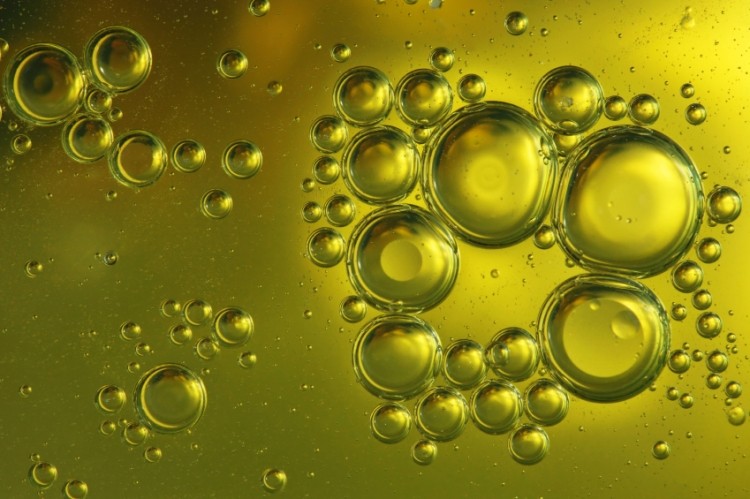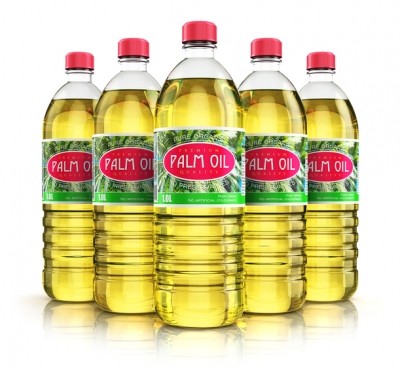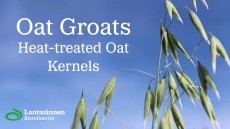No safety concern for emulsifier E 471 but EU should tighten up processing: EFSA

In the evaluation, EFSA scientists said there is no safety concern when E 471 is used in foods at the reported uses, and there is no need to set a numerical acceptable daily intake (ADI).
The data it looked at did not suggest any potential for genotoxic, carcinogenic or reprotoxic effects, it said.
However, E 471 is an emulsifier which can be manufactured by direct esterification of glycerol with fatty acids. Glycerol can be produced in a number of ways, many of which lead to the formation of contaminants, “which are of toxicological concern”, said EFSA.
A previous EFSA Panel on Contaminants in Food Chain (CONTAM), highlighted that refined vegetable oil, which can be used to make E 471, is the only identified source of glycidyl esters. Glycidyl esters of fatty acids are hydrolysed in the gastrointestinal tract to produce free glycidol, which is classified as a probable carcinogen to humans, according to the World Health Organisation’s International Agency for Research on Cancer (IARC).
The scientists, sitting on the Panel on Food Additives and Nutrient Sources added to Food (ANS), therefore recommended that the European Commission considers seven points:
- lowering the current limits for toxic elements (arsenic, lead, mercury and cadmium) in the EU specifications for E 471 so that it is not significant source of exposure to these toxic elements.
- revising the maximum limits for impurities currently included in the EU specifications for glycerol (E 422) or recommended in the re-evaluation.
- revising maximum limits for residual solvents which can be used when manufacturing mono- and di-glycerides of fatty acids (E 471), i.e. tert-butanol or tert-pentanol
- revising maximum limits for trans fatty acids because mono- and di-glycerides of fatty acids (E 471) can be manufactured by glycerolysis of hydrogenated fats or oils, which contain significant amounts of trans fatty acids.
- setting maximum limits for glycidyl esters because refined vegetable oil, which can be used for manufacturing of mono- and di-glycerides of fatty acids (E 471) is the only identified source of glycidyl esters of fatty acids, which are formed during deodorisation.
- setting maximum limits for erucic acid because it can be present among the fatty acids in edible oils used to make E 471.
It also called for more data “to decrease uncertainty arising from the occurrence of compounds of toxicological concern ‘such as’ 3-monochloropropane-1,2-diol (3-MCPD) or glycidyl esters, which can be produced under certain processing conditions from the food additive E 471”.
A safety opinion published by the Authority in 2015 found that over one fifth of children are above tolerable levels for the possible carcinogen 3-MCPD.
Given that there is no limit for glycidyl esters in E 471, the scientists said further assessment was needed as this could raise a safety concern.
What is E 471?
Mono- and di-glycerides of fatty acids (E 471) are used by food manufacturers for their emulsifying properties.
According to EU Regulation (No 231/2012), E 471 is not a discrete chemical substance but a mixture. This means that depending upon the complexity of the fatty acid sources, E 471 may contain more than 50 different mono- and di-glycerides in combination.
As an additive, it can take different forms, such as a pale yellow-brown oily liquids to whitish hard waxy solids. The solids may be flaked, powdered or in small beads.
It can be made from coconut, palm, palm kernel, soya, rapeseed, sunflower, cottonseed, corn, olive, tallow and lard.
Current EU regulation allows food manufacturers to use mono- and di-glycerides of fatty acids as an additive in 77 food categories.
In order to calculate population intake, the panel used Mintel’s global product database to determine the extent of processed foods that contain E 471. Looking at the past five years, they identified the additive listed in 33,090 food and beverage products as an ingredient, including chilled desserts, edible ices, bread and bread products and sandwiches.
The percentage use varied depending on the category from 0.1% to about 75% of dairy-based ice cream and frozen yoghurts. However, there was no additive information for certain food groups such as fresh and dried pasta, condiments and protein, and EFSA warned this may mean it underestimated exposure levels.
This information was then crossed with EFSA’s Comprehensive European Food Consumption Database which compiles national data on food consumption.
In all scenarios and population groups except infants, the main contributors to intake were bread and rolls and bakery products.
Based on this data, it calculated that E 471 contributes to “only” a mean of 0.8–3.5% of the recommended daily fat intake.
EFSA scientists received data from the European Dairy Association (EDA), European Food Emulsifiers Manufacturers Association (EFEMA), European Federation of Associations of Health Products Manufacturers (EHPM) and Food Drink Europe (FDE), among others.

























